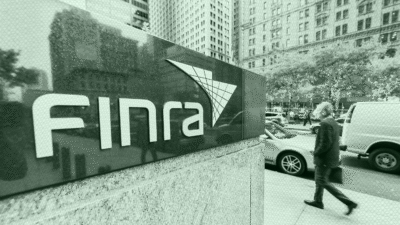After L.A. Fires, Advisors Help Clients Rebuild Their Financial Lives
While it’s hard to imagine the impact of the disaster, advisors are making sure clients weather both immediate and long-term needs.

Sign up for market insights, wealth management practice essentials and industry updates.
As life returns to normal following the devastating Los Angeles wildfires last month, the work is just beginning for financial advisors.
From securing temporary housing, setting up P.O. boxes and filing insurance claims, advisors are helping clients weather immediate needs while staying the course toward retirement. It’s a difficult balancing act that requires making significant portfolio changes in the short term, and updating financial plans for the future. “You never plan to have your house burned to the ground,” said Katy Song, a CFP and chief financial planner at Domain Money, who works with impacted clients as well as families that lost homes during the Tubbs Fire near Santa Rosa, California, in 2017. She said it took them the better part of three years to get back on their feet.
“The most important thing is to find a place where you can live, where you can think, and where you can just breathe,” she told The Daily Upside. “Because you’ve got some really big decisions to make.”
Trial by Fire
While it’s hard to imagine the impact of the fires that destroyed more than 18,000 homes and buildings, the most pressing concern for clients is often cash flow, said David Askew, a CFP and managing director with Mercer Advisors. He works with about a dozen clients who were permanently or temporarily dislocated and are now facing new costs of rental homes on top of monthly mortgages. Likewise, car payments are due for damaged vehicles, while clients pay for rentals, and it could be months before insurance benefits kick in.
“Clients were focused on tax efficiency and appreciation pre-fire,” Askew said. “Now, it’s much more about income.” His firm pivoted his high-net-worth clients to more dividend-focused approaches that pay out monthly, or private investments, like real estate investment trust, or oil and gas partnerships that offer cash distributions.
A useful exercise for more affluent clientele is to map out a client’s full balance sheet, Song said. Check out all possible avenues for additional income, like reasonably priced lines of credit, or disaster-relief early distributions from 401(k) accounts. Clients may even be able to take out loans of up to $50,000 against retirement accounts, and although clients will have to pay interest, they’re essentially paying it back to themselves, she said.
Human Resources. To help, Mercer launched a microsite with important information for impacted clients, like how to get new copies of marriage or birth certificates, or documents that break down county tax codes, Askew said. Hundreds of people have accessed the site and about two dozen folks reached out for pro-bono planning.
Simply listening to clients also goes a long way to ease their fears and help them keep their eyes on the future, Song said. “Getting through this trauma helps build a better relationship,” she said. “Sometimes, people are just looking for an empathetic hug.”











